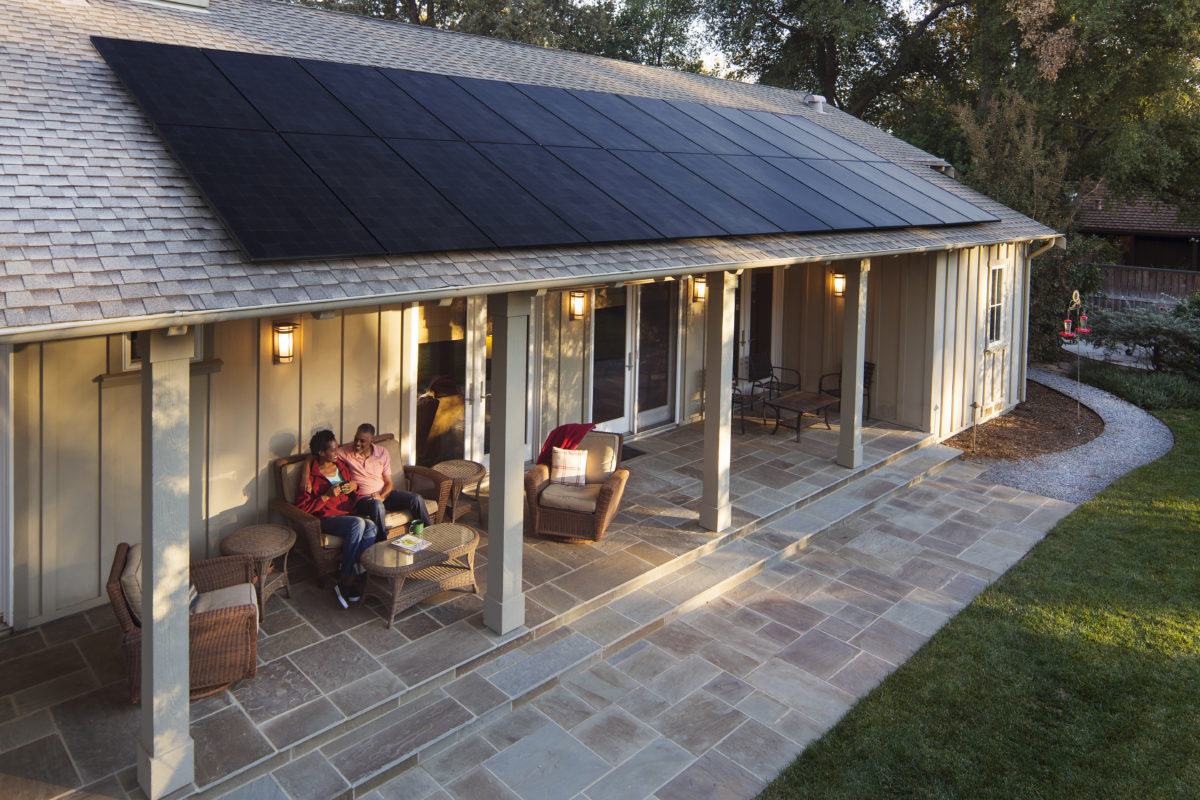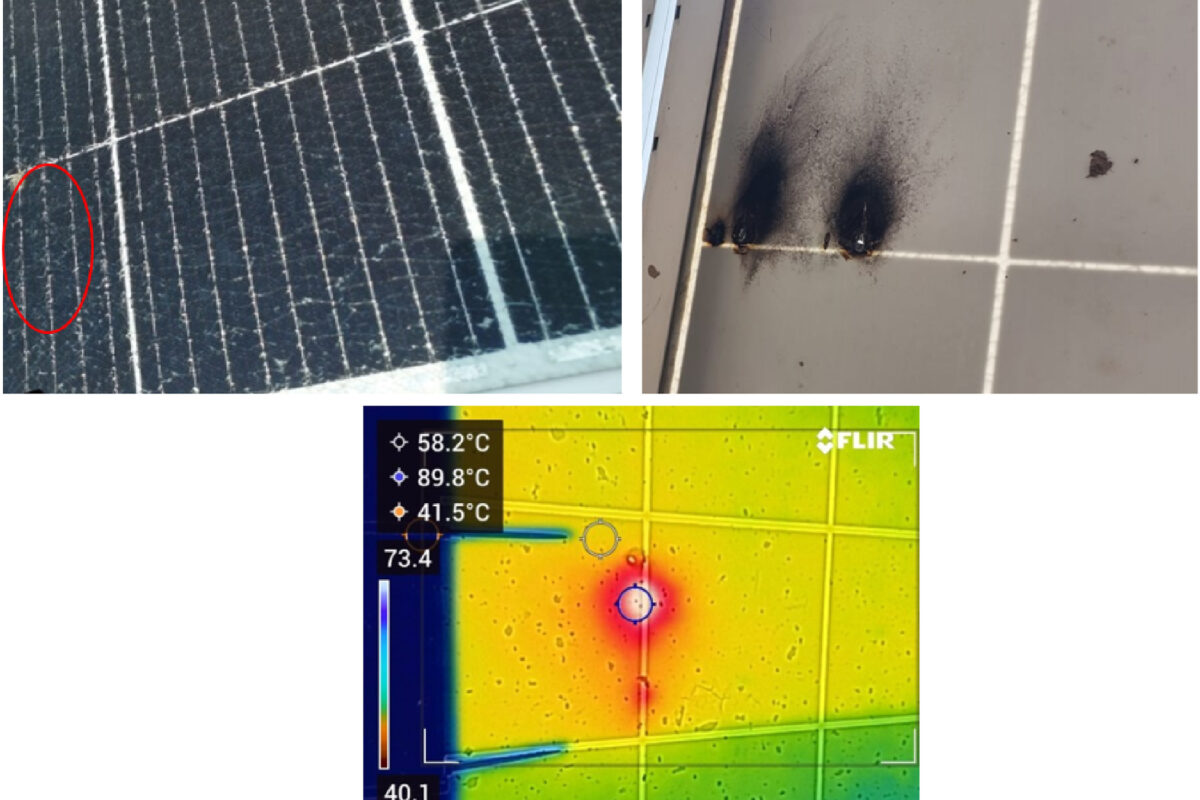The latest quarterly figures published by U.S. solar and energy storage installer SunPower appear to indicate the days are numbered for its commercial and industrial (C&I) business unit.
Having last month announced it would consider divesting the commercial operation, the Californian business last week revealed C&I projects had contributed an $8 million hit to its third-quarter earnings before interest, tax, depreciation and amortization (EBITDA) figure of $17.5 million. Without that red result from its C&I customers – caused, in part by supply chain problems – the earnings number would have bested the $22.2 million posted in the previous three-month window.
pv magazine Roundtables USA
Although chief financial officer Manavendra Sial insisted in Wednesday's update the “commercial and industrial solutions (CIS) business also had strong bookings for the third quarter,” the financial update added: “The company is considering strategic options for CIS and will provide an update in the fourth quarter.”
The uncertainty over the future of the business unit was deepened by the fact SunPower – which is controlled by French giant TotalEnergies – stripped out its CIS numbers – plus its already-confirmed legacy businesses – in the section of the update devoted to its expectations for the current quarter and full year.
That is probably because the inclusion of the commercial and industrial segment has prompted SunPower to revise down its full-year expectations for revenue, from the previous $1.41-1.49 billion, and for EBITDA, from $110-130 million. Curiously, the press release issued to announce the Q3 update did not appear to specify what those outlook numbers have been pulled back to.
SunPower posted a quarterly net loss of $84.4 million – down from net income of $75.2 million in the previous window – with the reverse “primarily driven by” a negative adjustment to the value of the stake SunPower holds in microinverter and storage business Enphase Energy, which would appear to have knocked that income-loss number by $86 million, according to the section of the update concerned with more friendly, non-generally accepted accounting principles.
The installer was rather more keen to stress its rising number of residential customers, with 108 MW of such systems recognized in the last quarter, to take the business to a total 390,000 household customers, not including the extra 20,000 acquired when SunPower paid “up to $165 million” for rival Blue Raven Solar last month, to open up new custom in the Northwestern and Mid-Atlantic markets of the U.S.
SunPower said it expects to recognize 345-375 MW of residential solar systems this year, with 55,000-60,000 new customers added. The business also said it is on track to hit $100 million worth of storage systems, and revealed it had secured a grant of $6.65 million from the U.S. Department of Energy last quarter, for its role in the ‘connected communities' project which will assess the merits of community versus individual-household storage systems in two locations.
This content is protected by copyright and may not be reused. If you want to cooperate with us and would like to reuse some of our content, please contact: editors@pv-magazine.com.




December 10 Ruling by CPUC Destroys Rooftop Solar
The California Public Utilities Commission will rule on Net Metering (NEM3.0), which sets the financial parameters for residential and commercial rooftop (aka distributed/behind the meter) solar. It has never been a good deal for the utilities and they have fought it from Day 1. NEM1.0 is only 20 yrs old, NEM2.0 weakened it and NEM3.0 is the nail in the coffin. It aint pretty. from CALSSA (Sacramento Industry Group)… drastic changes to the state’s net metering program that, in some instances, would make rooftop solar power twice as expensive than it is today and 1/5th as valuable. If utilities are successful, they will essentially eliminate California’s solar market.
More can be found here… https://www.savecaliforniasolar.org/faqs
Why? It turn out, mostly rich folks (with high electric bills and a tax appetite) have benefitted from solar. The marginalized are left to pay for the necessary infrastructure costs and needed upgrades. The major (Investor Owned) utilities (PG&E, SDG&E, SCE) teamed up with the IBEW (Electrical Workers Union) and hired a PR firm that solicited support from a broad array of organizations backing the less well-off. The solar industry was blindsided and is now scrambling for survival.
Note—the utilities are not anti-solar, they are anti rooftop (or distributed) solar. They advocate large-scale solar farms feeding the grid in the Central Valley (done by Union Labor).
Sun Power CEO Sounds the Alarm
One day after his Q3 Earnings Call (where he made a passing reference to this) on 11/4 (and re-sent today), new CEO Peter Faricy, who has doubled-down on residential solar, sent out an industry-wide email— This decision will impact every level of the solar industry… The CPUC decision to change the NEM program may strip away the financial benefits of consumer solar and battery storage in the state… The utilities’ proposals would undermine that progress by levying huge fees on consumers who deploy solar and battery storage on their homes and businesses.
CA is the bellwether for Solar
It started here, it matured here, it will die here. Other states will use this as a model going forward and it spells the end of residential and commercial rooftop solar and will impact those serving this market (SunPower, Enphase, SolarEdge, SunRun)